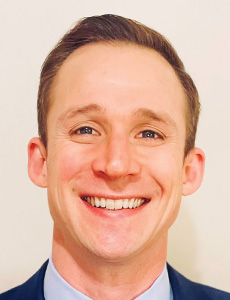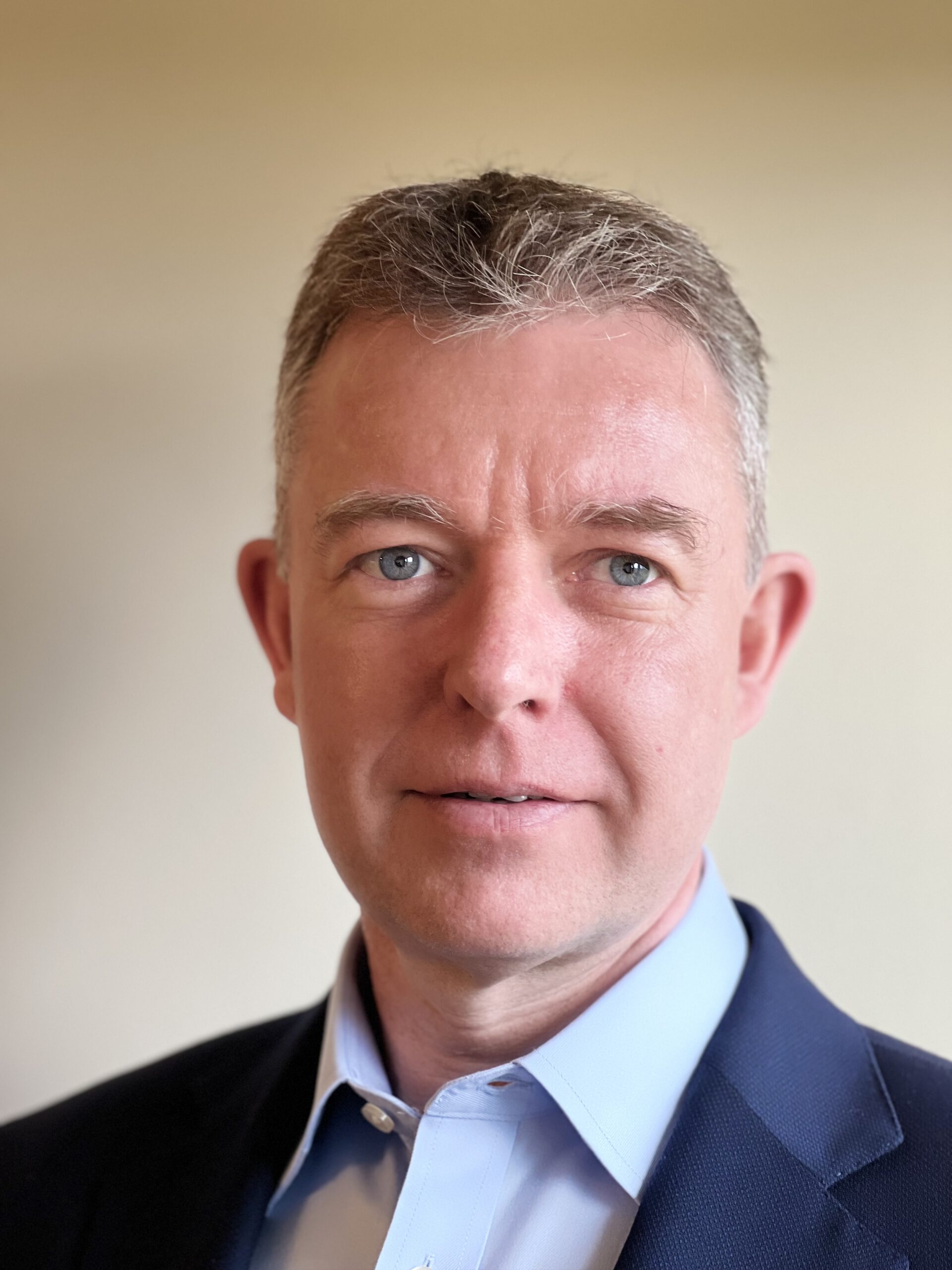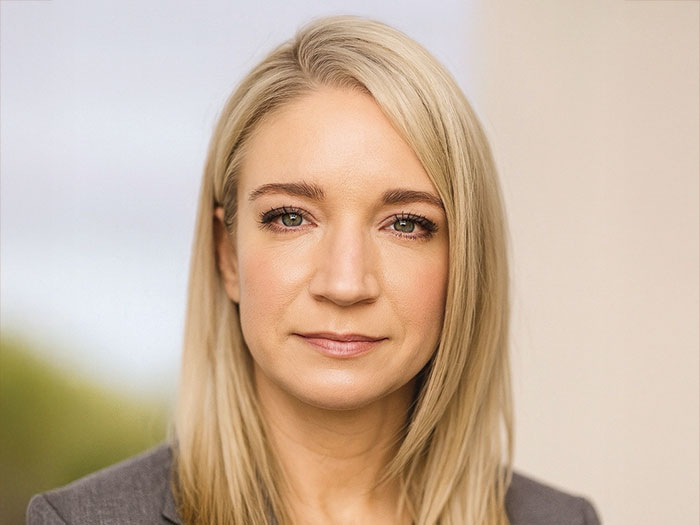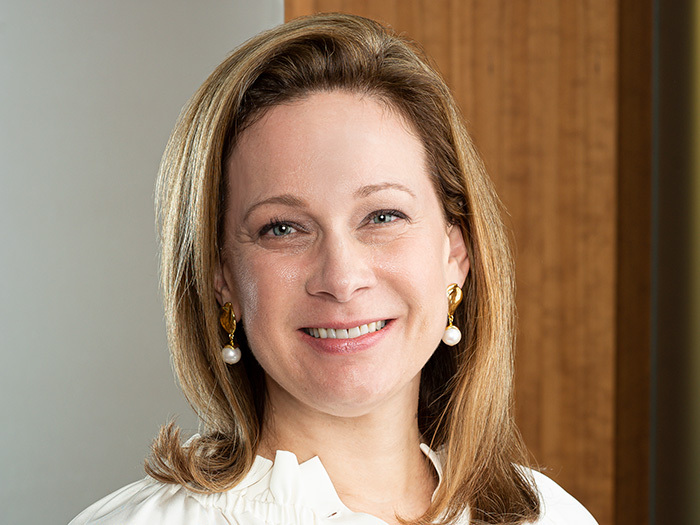From Agriculture to Cyber, Parametric Covers Are Conquering New Territory

Parametric insurance — coverages tied to specific triggers that can cover any resulting loss — has been around for decades. But in recent years, it has been growing rapidly and expanding into areas outside the weather and seismic coverages that have been its bread and butter.
Parametric offers several advantages over traditional indemnity coverages for some applications, including speedier payouts, flexibility, coverage of perils not coverable by indemnity insurance, and a simplicity of design that can be more transparent and less prone to litigation.
While it is difficult to quantify the growth of the sector, there seems to be broad agreement that it is substantial.
“We just doubled last year,” said Stephane Godier, AXA Climate’s parametrics expert. “So that’s the trend, and it gives you an idea of how far and how fast we’re going.”
According to Tanguy Touffut, cofounder and CEO of Descartes Underwriting, an international MGA and risk-carrying underwriter of parametric products, “It’s clearly somewhere between five and eight billion.”
Touffut cites a soon-to-be-released report that forecasts parametric insurance premiums will exceed $20 billion by 2028.
Factors Influencing Growth
Much of this growth is within parametrics’ core of weather- and seismic-related coverages. A large factor is simply more people knowing about it.

Cole Mayer, senior structurer, North America, Innovative Risk Solutions, Swiss Re
“Something we’ve seen gather steam over the past four or five years is the rapid education of the market — brokers, clients, carriers — as to how parametric covers work and the value that they convey,” said Cole Mayer, senior structurer for North America on Swiss Re’s Innovative Risk Solutions team.
“Many, many more folks know how parametric covers work,” Mayer added, “and that’s obviously translated into many more deals being done.”
A hardening traditional market and delays in payments, especially in the Nat CAT space, have also contributed. Mayer cited the increased Nat CAT activity — including hurricanes, earthquakes, floods and hailstorms — since 2017.
“It’s been a very active period, and so you’ve seen some very acute claims pain on the traditional natural catastrophe side — lengths of claims adjustments, certainty of the value of claims adjustment,” Mayer said.
“Traditional insurance responds very well to physical damage at an insured’s site. It just takes time to do that. And there are some gaps in coverage that it can’t provide.”
Improved Usage of Data
Advances in the data on which parametric cover depends have also been a boon. Touffut pointed out the growing number of satellites, more powerful radar, and advancements in sonar and even cameras.
“These are things that we can not only use to create innovative products, but also to price in a much more accurate manner,” Touffut said. “It’s a long-term trend and it helps us to move from pure statistics to physics.”
Artificial intelligence is rendering more data usable, particularly for wildfire, which Touffut points out has quintupled in frequency over the past 50 years and quadrupled in terms of total area burned in the U.S. over the past 30 years.
“People talk a lot about artificial intelligence, and it’s true that for wildfire, we will typically use neural networks machine learning combined with cutting-edge research and fire spread physics to be able to model and understand the underlying phenomenon of what’s happening,” said Touffut.
“Without such techniques, it’s too time-consuming or it’s just impossible to understand the trends and the reality beyond, say, the historical data we have today.”
Influencing Regulation
While regulatory uncertainty and inconsistency is still a headwind for parametrics, Godier sees improvement on that front.
“Even the most hesitant countries sometimes are now entering into this game and clarifying their position, getting out of the exclusion or the gray zones they had left in terms of parametric,” Godier said.
“Chile has been slower to move on parametric for mass market, but [it] finally published a new law that makes parametric not only legal but very open, with no proof of loss nor statement of loss [requirement].”
This growing regulatory clarity and consistency helps sustain parametric growth but, Godier said, “The growth has not been thanks to the law. The law is changing thanks to the growth, hence the demand.”
Protecting Intangible Assets
Another long-term factor is the evolving importance of intangible assets.
“Parametric provides really good cover for intangibles and non-physical damage business interruption, and it’s perfect to create new lines of business, create new cover. The non-physical damage element is immense,” said Laurent Sabatié, cofounder and director of Skyline, a UK Insurtech based in London that specializes in what it calls spatial intelligence and event-driven insurance.
“If you rely on the cloud, you need downtime insurance. Downtime is one of the biggest expenses firms face, and it’s not insured in the right way today because it’s a difficult risk to analyze.” — Ori Cohen, cofounder, Parametrix Insurance
“The market for non-PDBI is enormous, and going after intangibles also has significant potential. Most companies have intangible assets. Many don’t own any tangible assets anymore. So, will you want to have most of your insurance program on PDBI if most of your business and balance sheet is intangible? You will want to buy cyber product, you want to buy some digital protections, you want to provide some non-physical damage and reputation damage to your stock, some supply chain disruption covers. That’s the future. And that’s where parametric is the solution.”
That expansion into perils other than weather or seismic is another important factor in the growth of parametrics and promises to be even more crucial moving ahead.
Venturing Into Agriculture and Cyber
Agriculture, while weather-adjacent, is a new area for parametrics.
“We can be a little bit more sophisticated when we use parameters like yield, for example, in the ag sector, which is a more robust parameter because obviously yield encompasses more than the weather,” said Godier. “But we are able to model that and use this type of index to trigger much more precise solutions in the ag sector, especially for the Americas.”
Other parametric coverages can be totally unrelated to weather and seismic activity.
“Beyond weather, of course, cyber is something that could be a good match,” said Touffut. “The reason is that parametric insurance only works if you have high-quality data and, basically, a third party to certify that data. If we look at liability overall, usually it’s done through complex audits and you need the experts, but for some parts of the cyber industry, it could be data-driven, with an understanding based on different data sources as to what the correct price should be and how to make sure that you can trigger payouts. So for cyber, I expect new hybrid products to emerge.”
Among the new cyber coverages is cloud outage. “If you rely on the cloud, you need downtime insurance,” said Ori Cohen, cofounder of Parametrix Insurance. “Downtime is one of the biggest expenses firms face, and it’s not insured in the right way today because it’s a difficult risk to analyze.”
Parametrix is a Tel Aviv-based MGA backed at Lloyd’s, and is an underwriter of cloud downtime insurance.
“Insurers’ cyber books have grown tremendously. There’s an existing accumulation of downtime risk within them that the insurers and reinsurers don’t really understand how to manage,” said Cohen.
“They usually don’t even know exactly what their aggregation looks like. They need to be able to model and compare various data centers and cloud services, understand the impact of different scenarios and what’s even relevant to their portfolio. You need expertise they don’t have [in order] to do that. They’re usually shying away from this risk, from this attritional risk. They either have exclusions or really long waiting periods. The problem is that they don’t have claim history, they don’t really know how to quantify business interruption losses and they don’t have the data to do anything with it going forward.”
Covering the Cost of Violence
Other innovative parametric coverages include terrorism and cost of violence.
“Violence is taking lots of forms, and these costs are still affecting businesses and they’re not covered,” said Sabatié, whose company has sold a parametric product in Texas for active assailant.
“I see parametric as a very good tool for that. It really helps to cover the operational costs increase if you want to put more security, for instance, in front of your door to encourage people to go to your shop even if they are in a violent zone. It may also affect the property value or the value of your business, and all these intangibles are traditionally difficult to shop.”
Quicker Payouts
Perhaps one of the biggest factors in the growth of parametric coverages is that people are seeing claims being paid — and quickly.
“We’ve had a few downtime events, four or five, that we’ve paid, which was a great experience,” said Cohen. “Clients were amazed, brokers were amazed, and we also learned a lot.”
Swiss Re has also paid parametric claims, including hail, earthquakes, hurricanes and typhoons in 2020 alone, according to Mayer, who said, “Folks are now seeing, ‘Okay, when the rubber really meets the road, these parametric covers are responding the way that they were advertised.’ ” &










